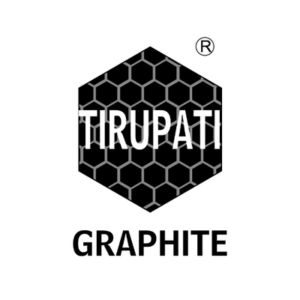Graphite has emerged as a key metal for the renewable energy sector, and its importance is expected to grow significantly in the coming years. The global graphite market has experienced a steady rise, with a compound annual growth rate (CAGR) of 8.5% between 2021 and 2031, according to FACT.MR. This growth is predicted to continue, with the market likely to expand by a factor of 2.3 over the next decade, creating considerable opportunities for businesses involved in this sector.
A major driving force behind this surge in demand is the development of new technologies, especially in the electric vehicle (EV) industry. Graphite is a crucial component used in the cathodes of EV batteries, making it a vital resource. Fastmarkets forecasts that by 2023, the consumption of natural graphite in batteries will equal that of its use in the refractories sector, with battery demand far surpassing traditional uses by 2024. By 2025, battery consumption of natural graphite is expected to exceed all other industrial uses combined.
Africa is poised to benefit greatly from this rising demand for graphite. Many research firms and government bodies are identifying the continent as a critical future supply source. East Africa, in particular, has been highlighted by S&P Global as a potential hub for new graphite projects, with the goal of diversifying supply chains away from China, the world’s largest graphite producer. In 2021, China accounted for 79% of the global graphite supply, producing around 820,000 metric tonnes (Mt). In contrast, Brazil, the second-largest producer, delivered an estimated 68,000 Mt, while other significant producers included Mozambique, Russia, and Madagascar.
However, the focus is now shifting towards regions like East Africa, North America, and Scandinavia. A report by the British Geological Survey (BGS) has noted that Africa has significant graphite resources, particularly in Mozambique, Madagascar, Tanzania, and Namibia, where operating mines are already established. The 2021 BGS report highlighted the vast graphite reserves across the continent, especially in East Africa, and suggested that many of these regions are well-positioned to meet future demand. Feasibility studies have been conducted for projects in countries such as Tanzania, Madagascar, and Mozambique, with many more projects currently in the exploration phase across various African nations, including Botswana, Ghana, and South Africa.
Exploration for graphite has been active in Africa, with ongoing programmes in multiple countries. The BGS report noted that flake graphite production capacity in Africa was approximately 455,000 tonnes in 2019. If the planned projects reach full development, this capacity could more than triple to 1.55 million tonnes per year. Nevertheless, the continent still faces challenges in capitalising on its potential. While Africa has significant graphite resources, it lacks the necessary infrastructure for the processing stages, particularly stage three, which is crucial for refining graphite into high-purity spherical graphite (HPSG), a product essential for battery production.
Stage four, which involves the manufacturing of finished products, is also mostly done outside Africa, limiting the economic benefits for the continent. African leaders are being urged to prioritise battery production as a continental development goal. There is potential for Africa, particularly South Africa, to develop its capacity to process graphite into active anode material (AAM), especially given the growth of its lithium-ion battery industry.
With its history of graphite discovery and production, Africa is beginning to attract increasing attention from global investors looking to secure supply sources for the future.
The graphite market is expanding rapidly, driven by demand from the renewable energy sector, particularly for electric vehicle batteries. Africa’s untapped potential offers significant opportunities, but the continent must invest in its processing capacity to fully realise these benefits.
Tirupati Graphite PLC (LON:TGR) is a fully integrated specialist graphite and graphene producer, with operations in Madagascar and India. The Company is delivering on this strategy by being fully integrated from mine to graphene. Its global multi-location operations include primary mining and processing in Madagascar, hi-tech graphite processing in India to produce specialty graphite, and a state-of-art graphene and technology R&D center to be established in India.


